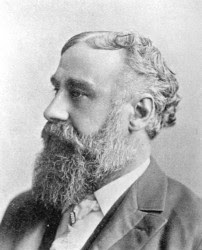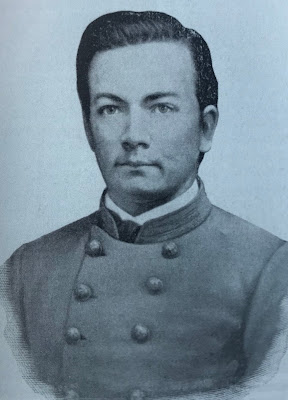A Halloween Tale: Ichabod Crane, Washington Irving, and the Civil War

M ost of us are familiar with Washington Irving’s 19 th century classic Halloween story The Legend of Sleepy Hollow in which the lanky Ichabod Crane is chased through the woods by the Headless Horseman and disappears when the Horseman throws a pumpkin at him. It was a well-known and popular work in the 19 th century and remains one of our most enduring pieces of American folklore and storytelling and has shaped how Americans view Halloween. The Headless Horseman rears his horse as he prepares to throw the fatal pumpkin at a terrified Ichabod Crane in John Quidor's 1858 depiction of Washington Irving's famous short story. Interestingly, the protagonist of the The Legend of Sleepy Hollow , Ichabod Crane, drew his name from someone Washington Irving had met in real life, a rather husky U.S. Army officer named (you guessed it) Ichabod Bennett Crane. The real Ichabod Crane was born in 1787 in Elizabeth, New ...











